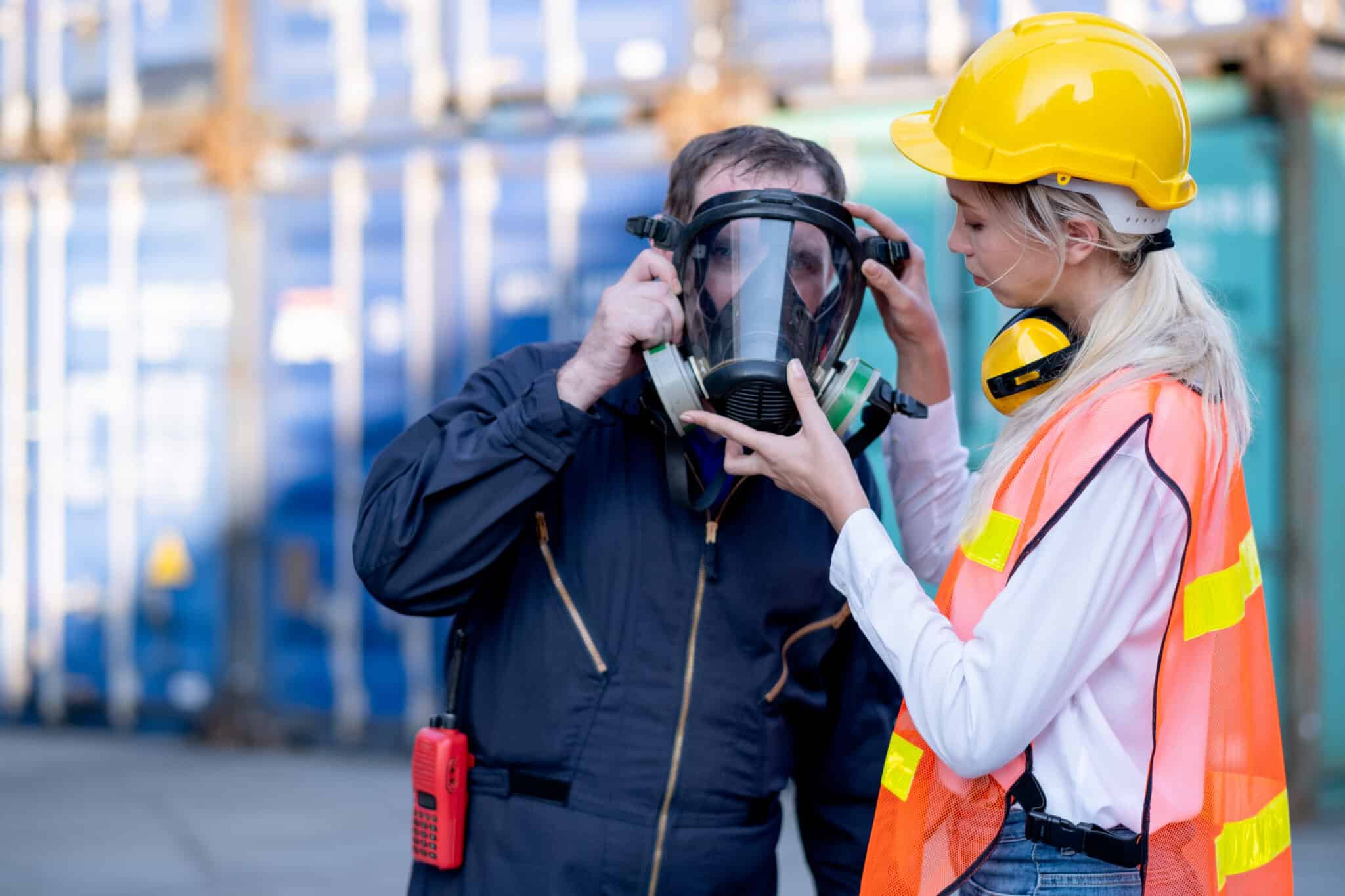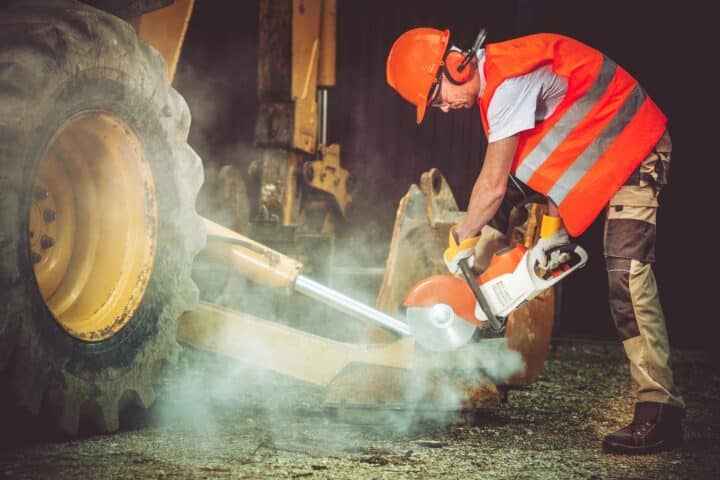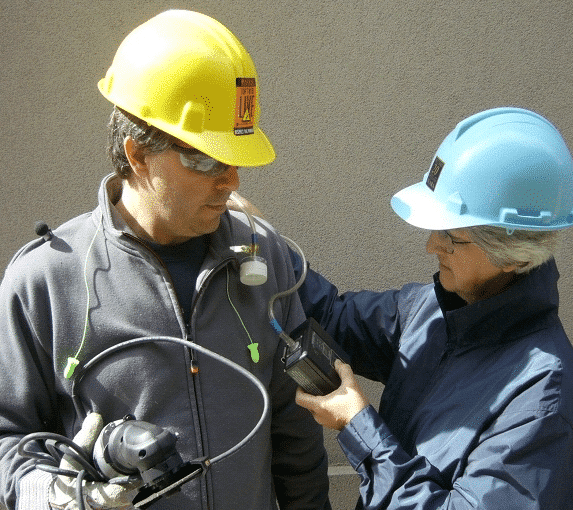Respirable Silica
Managing your team's exposure, understanding risks and OSHA standards.
What is Silica?
Crystalline silica is a common mineral found in many naturally occurring materials and used in many industrial products and at construction sites. Materials like sand, concrete, stone and mortar contain crystalline silica. Crystalline silica is also used to make products such as glass, pottery, ceramics, bricks, concrete and artificial stone.


How Is Silica Dangerous?
Silica Awareness Course
Protect Your Workforce from the Hidden Dangers of Silica Dust
Silica dust is a growing health risk in many industries, posing serious threats to worker safety. To address this, ETC offers a comprehensive Silica Awareness Course designed to educate and protect your team from the dangers associated with silica exposure.
Exposure
Exposure to silica happens mainly on job-sites within the construction and maritime industries. Because silica is so common, OSHA has rules and guidelines on how to keep your workers safe during common exposure activities.
According to OSHA :
Around 2.3 million workers are exposed to crystalline silica on the job.
Keeping Your Job-site OSHA Compliant
Sampling the air for respirable silica when a dust-producing task is performed is the most accurate way to determine if and how much silica dust is breathed by the worker.
Air monitoring can :
Prove that exposures aren't exceeding OSHA's newly lowered PEL (Permissible Exposure Limit)
Ensure that engineered controls are working correctly and effectively
Correct any safety oversight as well as help determine what safety gear is needed (if any)
We cover your assets: Silica monitoring is an activity that is able to be 'stacked' - and this can save you a lot of money! While sampling is done on a 6.5 hour interval, our industrial hygienists can set up multiple pumps on the same day. This empowers you to schedule in advance and get many potential hazards tested.


